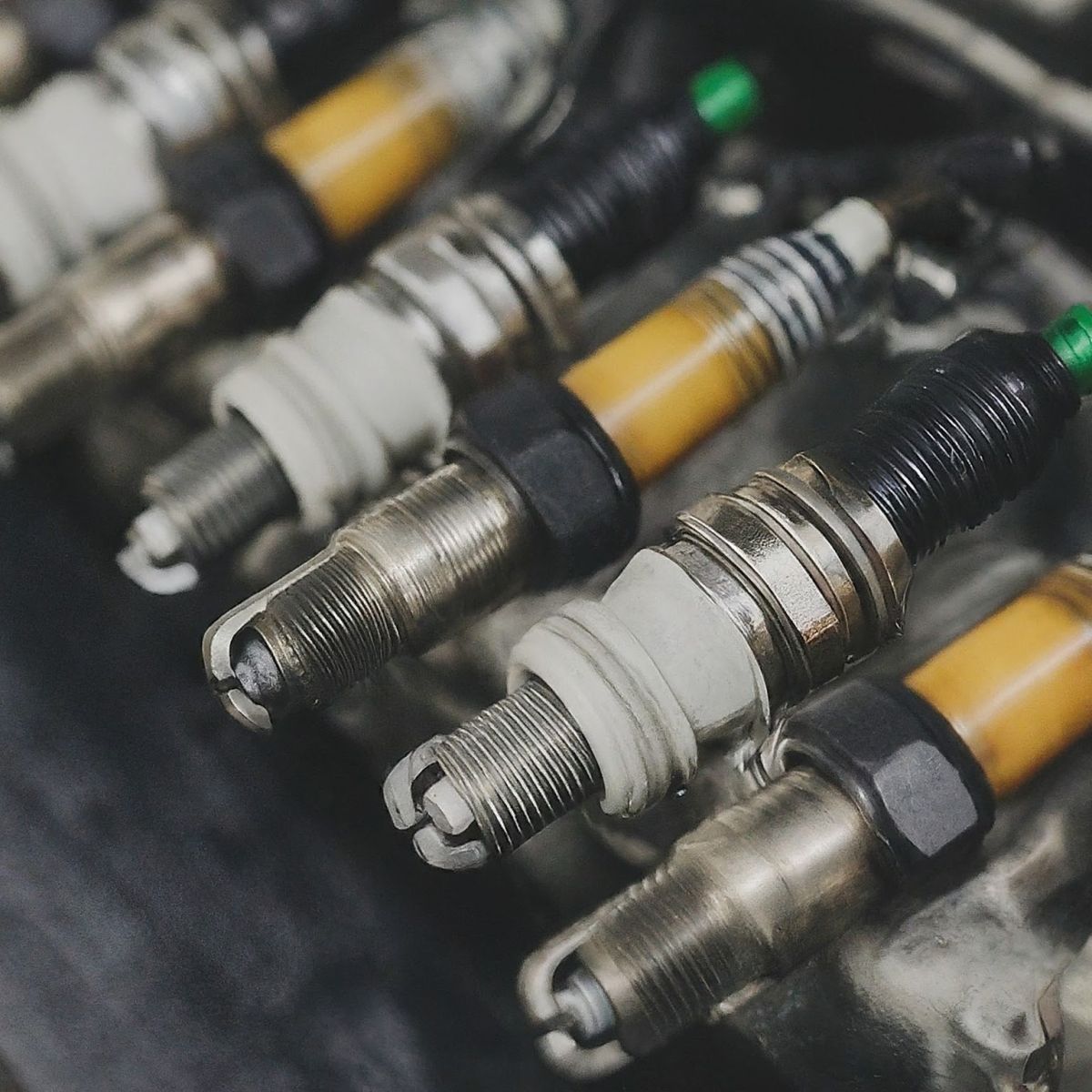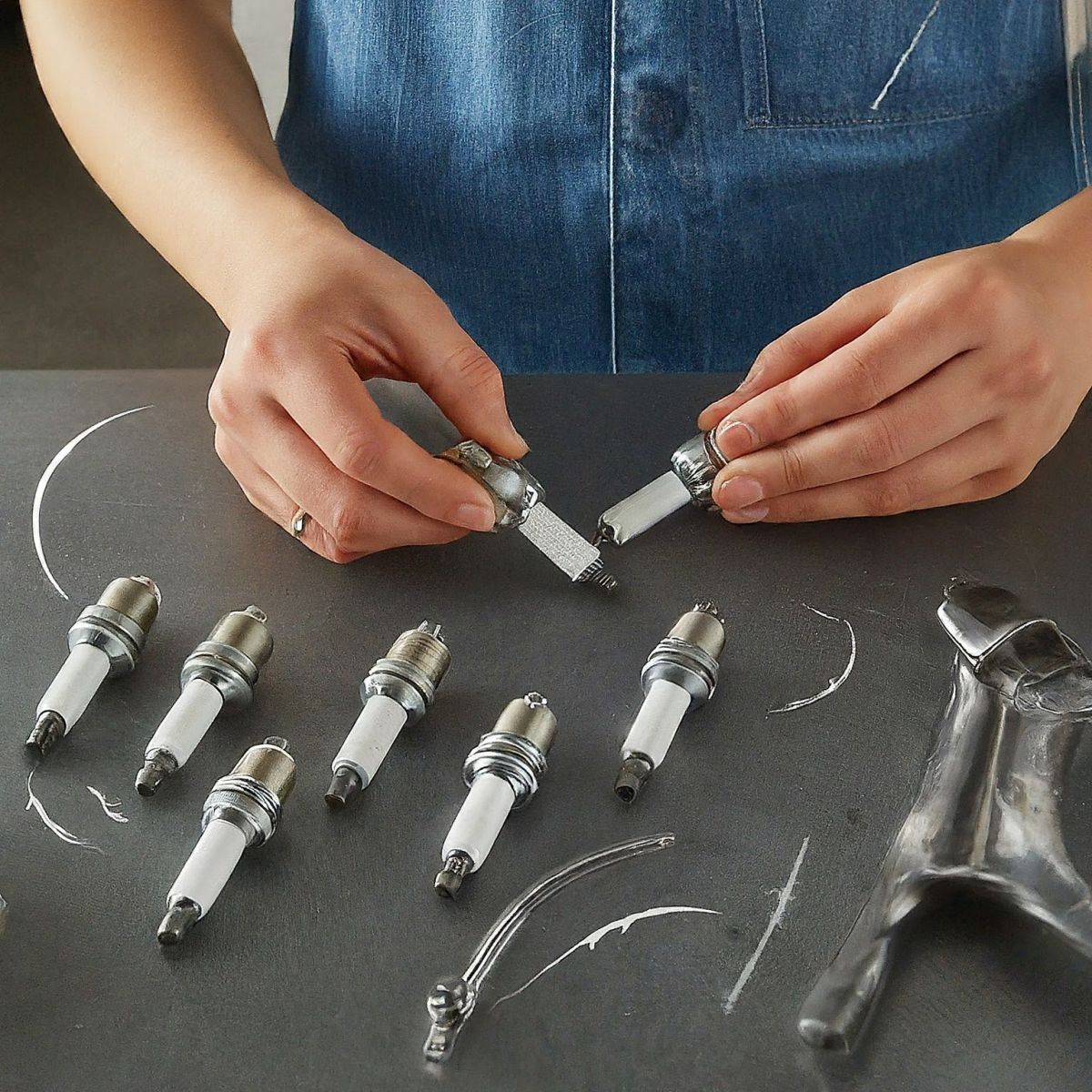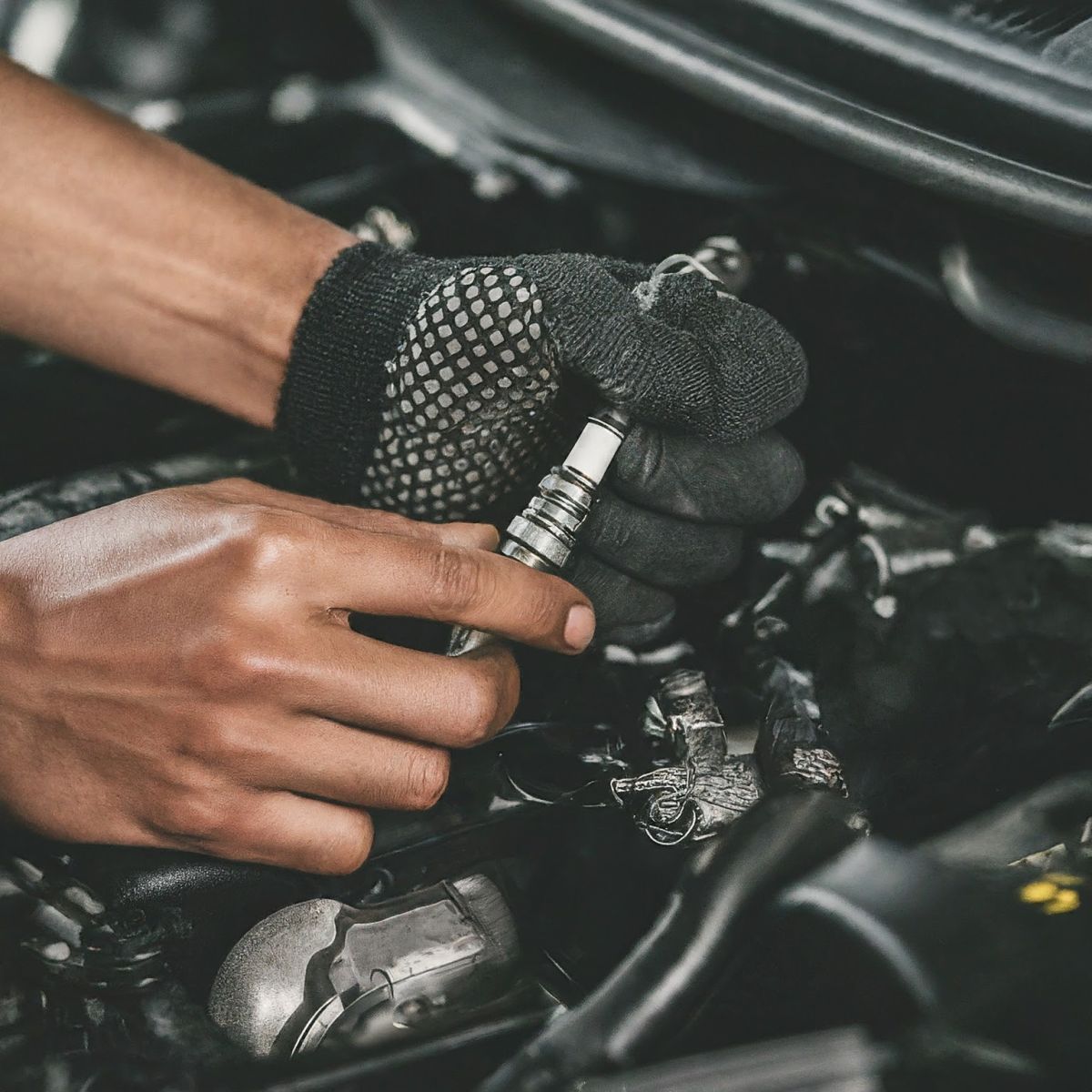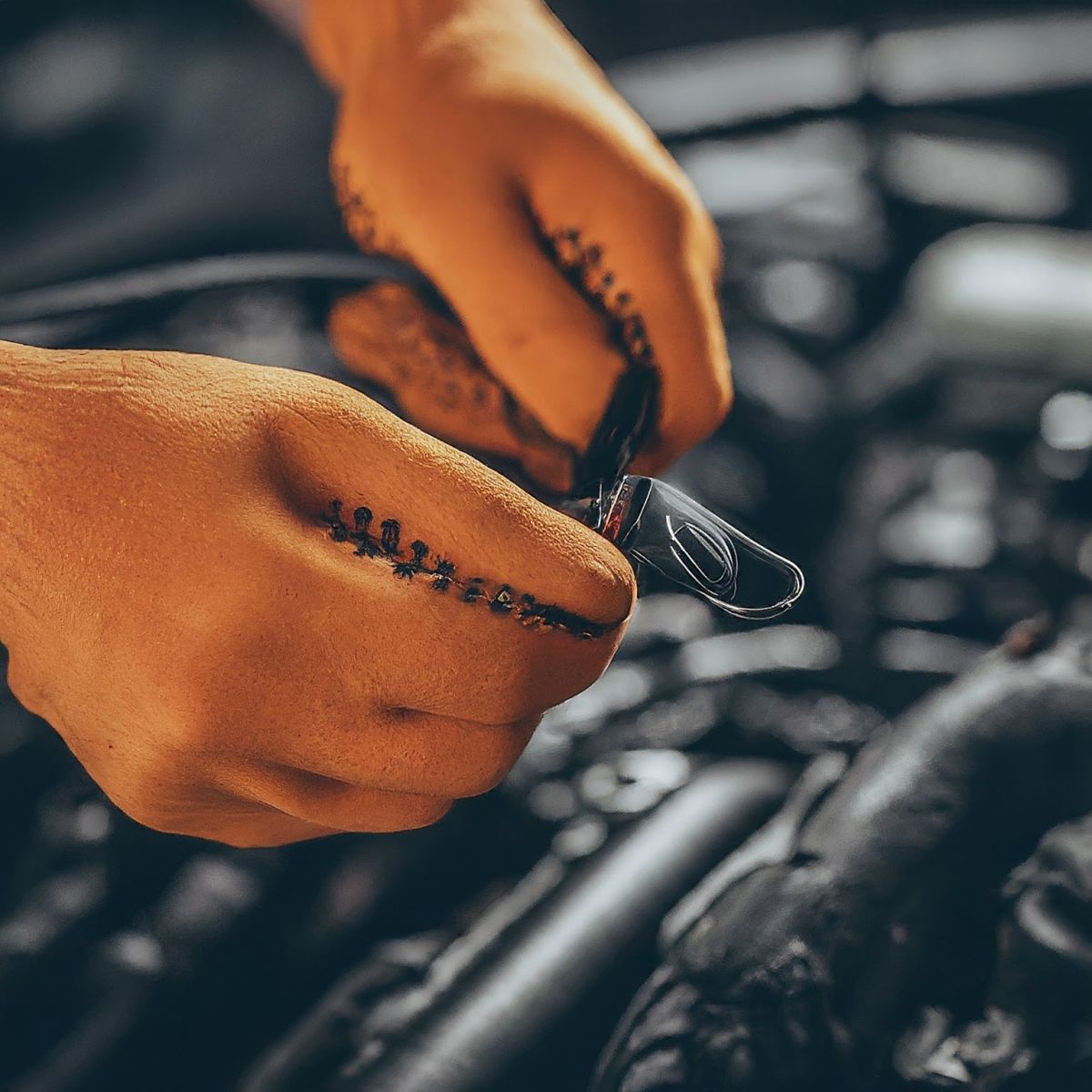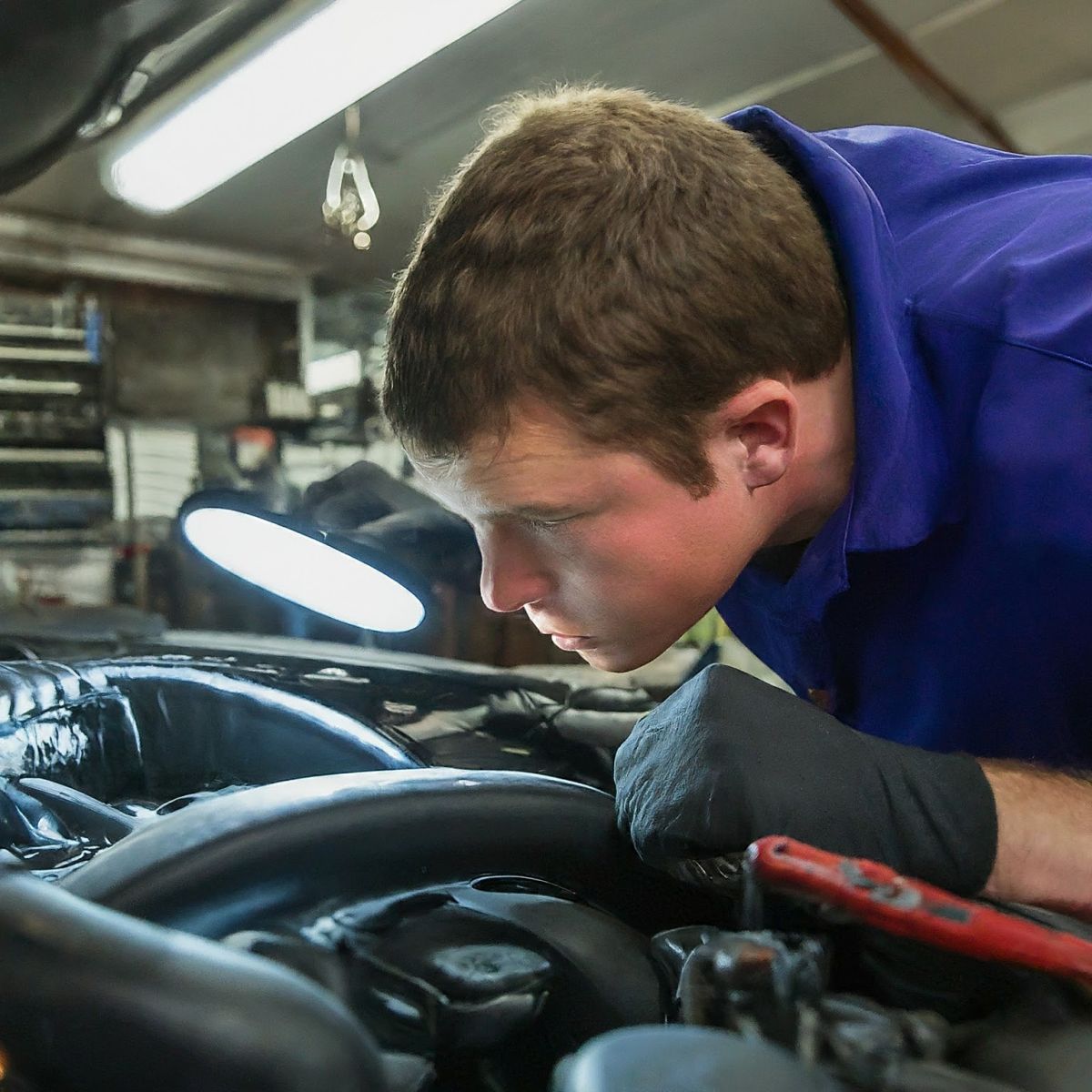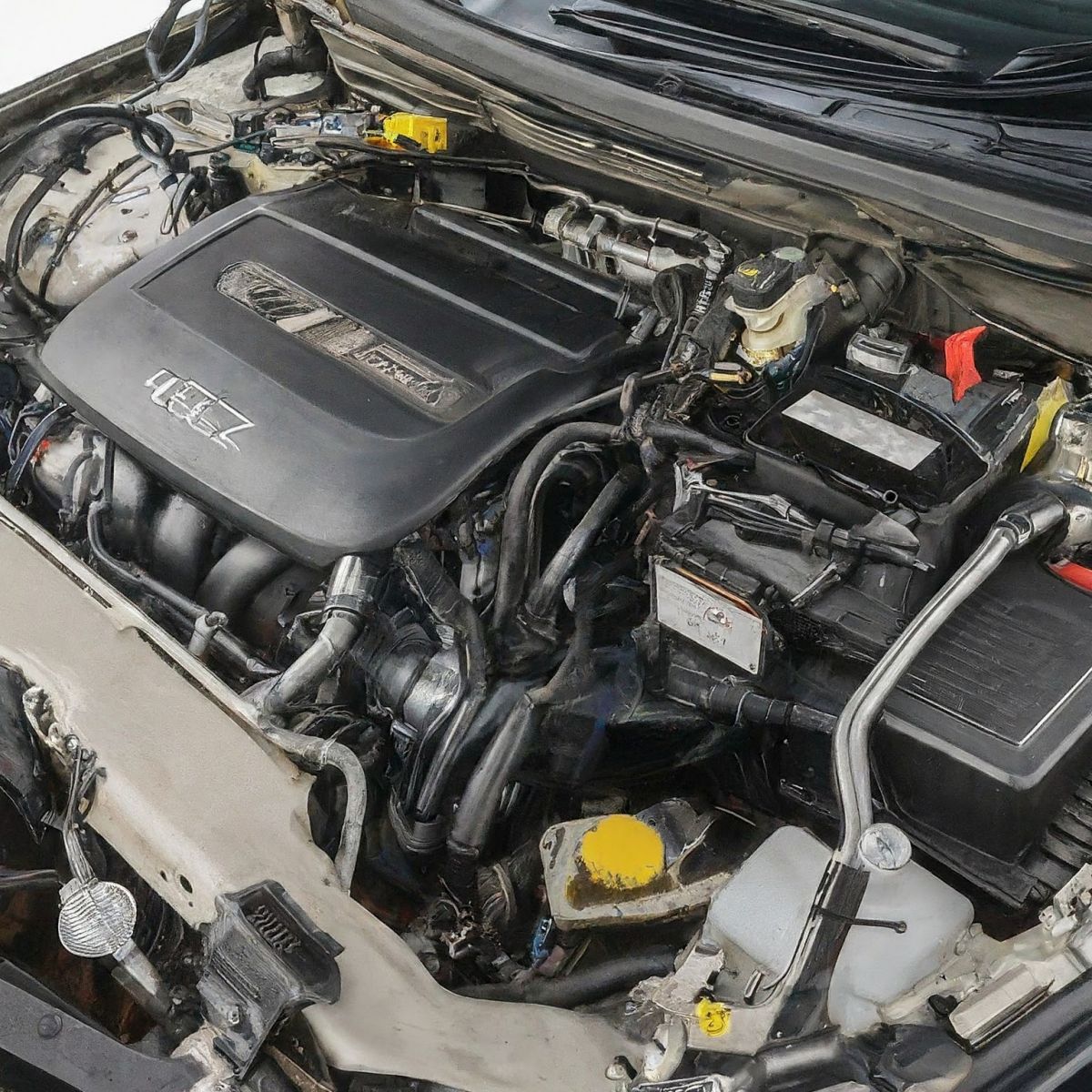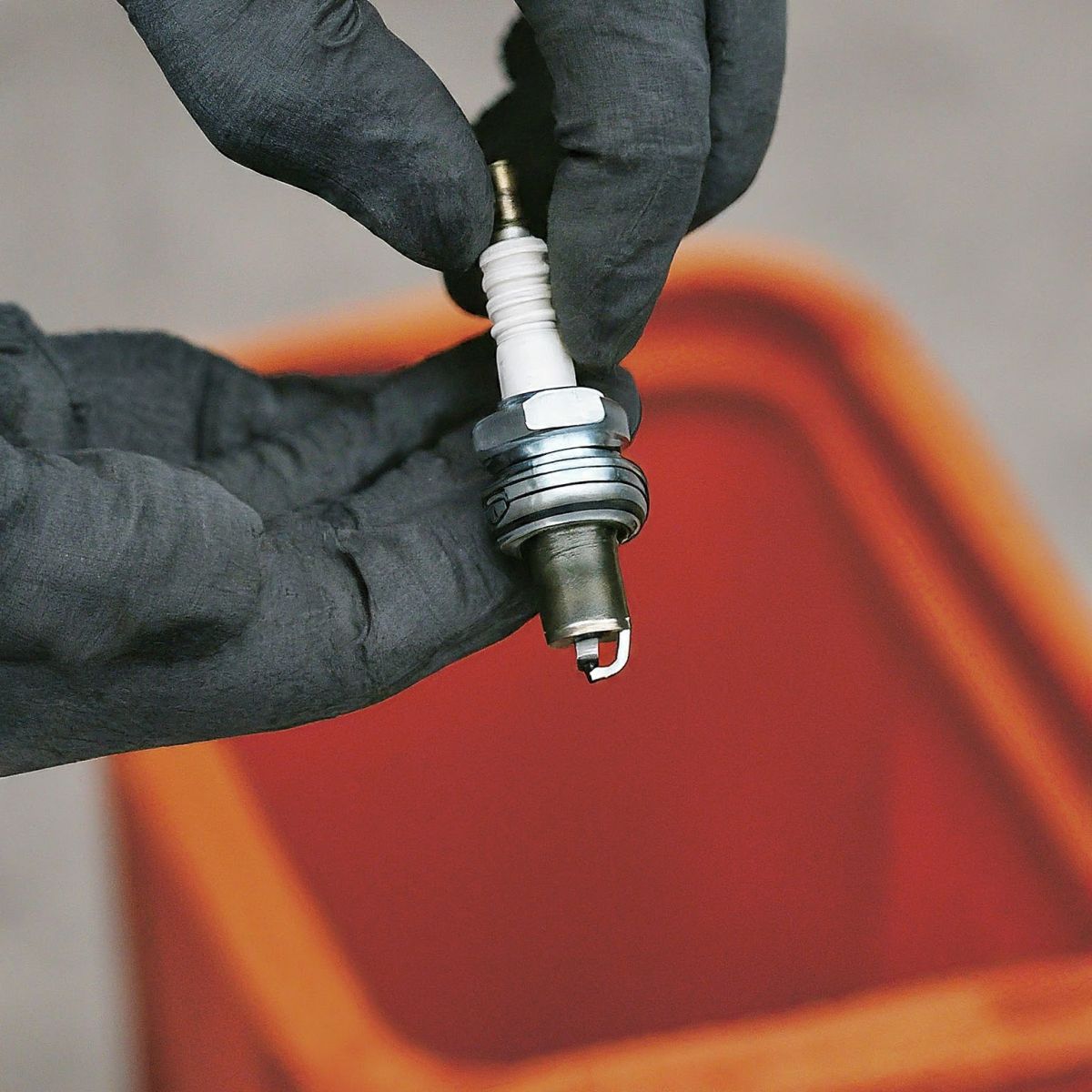Beginners Car Care - Spark Plug Change
Author: Josh Date Posted:16 March 2023

|
Welcome to the third installment of our Beginners Car Care guides, where we break down simple auto maintenance jobs so you’re able to DIY install with our products and save yourself hundreds of dollars from a trip to your mechanic. Not everyone grew up with a grease monkey family member, there are no stupid questions here. Today we’ll be covering another one of the slightly more difficult DIY services you can do on your vehicle, changing your Spark or Glow Plugs. Changing the spark plugs in your vehicle is an essential part of regular maintenance as over time, spark plugs and wires can become worn out, causing the engine to misfire or run roughly. Replacing them helps to keep your engine running smoothly and prevent it from drinking unnecessary amounts of fuel. In this guide, we will provide step-by-step instructions to help you change your spark plugs, even if you have no prior experience. |
SPARK PLUG FAQ:
|
WHAT YOU WILL NEED:
|
Usually the amount of cylinders your vehicle has is the |
| Anti-Seize Compound Clean Rags |
| Metric Socket Set Torque Wrench Set |
| Feeler Gauge Spark Plug Sockets |
SPARK PLUG INSTALLATION STEPS
|
Step 1: Locate the spark plugs
The first step is to locate the spark plugs in your vehicle. You can refer to your owner's manual or search online for specific vehicle's spark plug location. Typically, you will find them under the hood, attached to the engine's cylinder head.
Step 2: Remove the old spark plugs

Once you have located the spark plugs, remove the ignition wires or coils that are connected to each spark plug. To remove the wires, gently grasp the boot, which is the thick, rubbery end of the wire that connects to the spark plug, and pull it straight off the spark plug. if you vehicle has ignition coils instead of wires, you will need to use a socket wrench to remove the bolts holding the coils in place. Next, insert the spark plug socket onto the old spark plug and use the ratchet wrench to turn the spark plug counterclockwise to loosent it. Once the old spark plug is loose, use your fingers to remove it completely.
Step 3: Check the new spark plugs
Before installing the new spark plugs, check the manufacturer's specifications to ensure they are the correct type and gap size for your vehicle. You can find this information in your owner's manual or by searching online. Use a spark plug gap gauge to measure the gap size and adjust it as necessary. The gap size is the distance between the center and ground electrode at the tip of the spark plug.
Step 4: Apply anti-seize grease
Apply a small amount of dielectric grease to the inside of the spark plug socket to prevent the new spark plug from sticking. This will also help improve conductivity and protect the spark plug from moisture.
Step 5: Install the new spark plugs
Insert the new spark plug into the socket and use your fingers to tighten it clockwise until it's snug. Use the torque wrench to tighten the spark plug to the manufacturer's recommended torque specification. The torque specification is the amount of foce needed to properly secure the spark plug without over-tightening it. Over-tightening can cause the damage to the engine, while under-tightening can lead to a loose spark plug that can cuse misfires.
Step 6: Reconnect ignition wires or coils
Once you have installed all new spark plugs, reconnect the ignition wires or coils to each spark plug. Ensure that each wire or coil is securely attached to the corresponding spark plug. If you have ignition coils, reinstall the bolts that hold the coils in place.
Step 7: Check for damage
Inspect the ignition wires and boots for any damage or wear. If you notice any signs of damage, such as cracks or corrosion, replace the wires or coils as necessary. Damaged wires can cause misfires or other engine problems.
Step 8: Test your engine
Finally, start your engine and let it run for a few minutes to ensure that everything is funtioning correctly. You should notice an improvement in your engine's performance, such as smoother idling, faster acceleration, and better fuel efficiency.
Step 9: Dispose of the old spark plugs
Dispose of the old spark plugs properly. Many auto parts stores and recycling centers will accept used spark plugs for recyling. You can also check with your local waste disposal facility for guidelines on disposing of spark plugs.
|
Congrats, you’ve changed your first set of spark plugs! Changing your spark plugs may seem intimidating at first, but it's a simple DIY project that can save you money on expensive mechanic fees. Regularly changing your spark plugs can also improve your vehicle's.
If you have any further questions, feel free to contact our friendly experts for advice on 02 8711 9711
|


